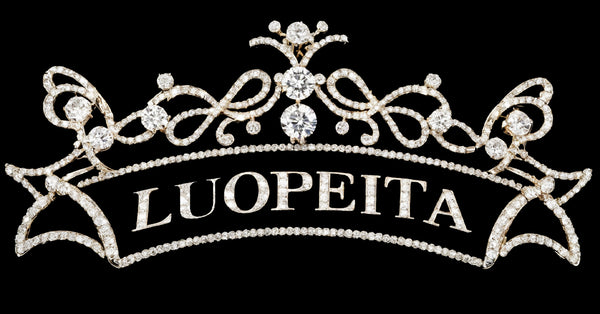Hoodie Material Fabric: Choosing the Right Fabric for Comfort, Style & Durability
👕 Hoodie Material Fabric: Choosing the Right Fabric for Comfort, Style & Durability
Hoodies are one of the most loved and versatile garments in modern fashion. Whether you’re creating streetwear, athleisure, or luxury loungewear, the fabric you choose for your hoodie plays a major role in its comfort, durability, and style. In this guide, we’ll break down the most popular hoodie materials, their pros and cons, and how to choose the best one for your brand or personal use.
🧵 1. Cotton – The Classic Favorite
100% Cotton is one of the most widely used fabrics for hoodies, especially for brands focusing on natural fibers and softness.
Pros:
-
Soft, breathable, and skin-friendly
-
Easy to print on (great for graphics or embroidery)
-
Hypoallergenic and suitable for sensitive skin
Cons:
-
Can shrink in hot water/dryer
-
Absorbs moisture (not ideal for intense workouts)
-
Wrinkles easily
Best for: Casual wear, streetwear, custom-printed hoodies
🧶 2. Cotton-Polyester Blend – Balance of Comfort & Strength
A Cotton-Poly blend (like 80/20 or 60/40) combines the softness of cotton with the durability and moisture-wicking properties of polyester.
Pros:
-
More durable and shrink-resistant than 100% cotton
-
Less wrinkling and better shape retention
-
Lower cost and faster drying
Cons:
-
Slightly less breathable than pure cotton
-
May feel less “natural” on skin
Best for: Teamwear, promotional hoodies, affordable fashion brands
💨 3. Fleece – Cozy and Warm
Fleece refers to the brushed inner layer that gives hoodies their soft, warm feel. Fleece hoodies can be made from cotton, polyester, or blends.
Types:
-
Cotton Fleece: heavier, warm, breathable
-
Polyester Fleece: lightweight, moisture-wicking
-
French Terry: looped on one side, smooth on the other—ideal for year-round hoodies
Best for: Winterwear, athletic brands, premium loungewear
🌬️ 4. Terry Cloth – Lightweight and Breathable
Terry cloth (often French Terry) is a looped knit fabric that absorbs sweat while remaining light and breathable.
Pros:
-
Comfortable and soft
-
Great for spring/summer hoodies
-
Stretchy and easy to layer
Cons:
-
Less warmth than fleece
-
Doesn’t insulate well in cold weather
Best for: Lightweight hoodies, yoga wear, transitional seasons
🌱 5. Specialty Fabrics – For Sustainability and Performance
-
Bamboo fabric: Ultra-soft, anti-bacterial, sustainable
-
Recycled polyester: Eco-friendly, moisture-wicking, fast-drying
-
Spandex blends: Stretchable, fitted styles, athletic performance
Best for: Sustainable brands, fitness wear, premium product lines
🧷 How to Choose the Right Hoodie Fabric for Your Needs
Ask yourself:
-
Who is your customer? (Comfort-focused? Eco-conscious? Trendy streetwear fans?)
-
What’s the end use? (Everyday wear, activewear, promotional giveaway?)
-
Which season are you designing for? (Fleece for winter, French terry for spring)
-
Do you need custom printing or embroidery? (Cotton blends perform best)
🏭 Looking for Custom Hoodie Production?
Luopeita, the rhinestone clothing factory, specializes in custom hoodie manufacturing using a wide range of premium fabrics, including cotton fleece, French terry, and fashion-forward stretch blends. Whether you want blank hoodies for printing or embellished rhinestone designs, Luopeita can help you create products that combine comfort, quality, and standout style.
✅ Final Thoughts
Choosing the right hoodie material is more than just selecting a fabric—it's about delivering the feel, fit, and function your customers will love. From cozy fleece to sustainable bamboo blends, each fabric tells a story. Make sure it’s the right one for your brand.
